Juicy leaves of Lianen with the epic name "Ipomeya" create a real tropical carpet in the garden. He, with the arrival of the first summer heat, begins to sparkle - these are fragrant inflorescences - "gramophilics". Who saw the Ipea in bloom, will not deny that this is a real miracle of nature, which has fallen to us from distant countries. Fortunately, it is possible to grow this plant without much trouble at home.
IPOMEY, plant description
IPOMEYA - Flower from wet tropics. This is a numerous genus from the binding family. Among the representatives of the genus there are trees, bushes, long liaans, edible roots. Ipomeya is used in landscape design, but some flower growers are growing at home.
In flower growing for landscaping gardens, balconies and veranda use predominantly garden lianas. Their stalks are actively growing to 5 in length, while working on any elevation or gracefully hanging if Ipomea grows in a pot. They are distinguished by unique beauty, do not need very painstaking care and easily take root in a new place.
The number of botanical features of the Ipomey includes the following:
- During the flowering period - from June to frosts - IPOMEY (the second name of Farbitis) is abreastly covered by the buds of gentle colors. They can be red, gentle blue, dark purple, aluminum ...
- Bending plants are thickly covered with foliage. The leaves of the sicks acquire a heart-shaped shape and bang in a rich-green color.
- As an outcomes from the tropics, the long-term liana is badly experiencing wintering, so in the gardens you can only meet an annual IPome.
- Inflorescences resembling a gramophone, blooming on elongated flowers, which gives sophistication and refinement.
- Wake up fragrant flowers together with the sun, glad to surrounding the lunch. Although, if the day is not very sunny, inflorescences can close in the evening.
Ipomeya, varieties and popular varieties
Of all the types of these Lian, no more than 25 arrived in the culture. Here are the most popular in gardening:
- IPOMEYA Purple - Liana-annual, for whom manifests are inherent. This species can be pulled up to 8 m in length. Oval foliage, less often lanced-shaped. Bottles are large up to 7 cm, single. Color is different - bright red, heavenly, black and purple, dairy, purple. Natural growth area - Tropical zones of America. From the varieties are known: Giselle, as well as Scarlett O'Hara, starfish.
- IPOMEYA CAIRSKAYA - Tropical representative of Asia. Liana forms stems with a length of 5-6 m, with beautiful carved leaves. During flowering, white-blue inflorescences are covered.
- Ipomay ivy-shaped - blooming eggs with leaves resembling ivy greens. Inflorescences are small 5 cm in diameter. Most varieties have the color of the buds of heavenly blue with a barely noticeable white edging. Less often occurs a crimson and scarlet color. The most beautiful view - Roman Candy. It has unmatched leaves with white veins, often grown as ampel culture.
- Bathata Ipomey or Room Epomeria - Liana with wide heart-shaped leaves, often purple color. It grows in baskets on a balcony in the form of ampel culture. Varieties: Pink Frost, Margarita, Fleece.
- IPOMEY NIL - the annual, increasing the sebal of medium length (up to 3 m). Leafs are pretty large, long-cooled, dark green color. Flowers are also large, often up to 10 cm in the diameter, their shape of the funnel-shaped, flowering of petals - gentle blue, cornflower, indigo, lavender, can be present white edging. There are semi-world varieties (picotics) and terry (serenade).
- The three-color IPOMEY Multi-Year - Landing of this species often ends the fact that the plant grows as an annual. Stalle of Lian grows up to 4 m in length. Large, heart-shaped sheets, often wrinkled, grow on long stiffs. Inflorescences are often grouped into bundles of 3-4 pieces, in diameter 7-9 cm. Petals of blue eggs with a gentle-white tube. After fading, the color of buds is replaced by a purple-pink tint. Timeline varieties: Star, Lollipop, Flying Plate.
- Ipomay Lunno-flowering is a unique denomination of Liana, whose inflorescences are blooming under the lunar glow, and in the morning fade. Who first planted this species, may not even notice that Ipomoy has already played away. The flowering period falls on the second half of the summer.
- Kvamoklyti Ipomeya is a colorful view of the openwork leaves and bizarre inflores that resemble stars on a stick. Color color - peach, gently red. Grade: Sloter, Cardinal Liana.
How to grow a samp of seeds
IPOMEYA - the plant is not picky, and if it is properly organized to organize a place for him, it is easy to grow it in the garden or in a kashpo on the balcony. In the tropical climate, Liana multiply by self-sowing, but the seeds at home will have to be sink independently, and then put them in a suitable place.
Features of sowing seeds Ipomey
Seeds of this Lianana are able to maintain their germination for more than three years. Before boarding, it is necessary to pre-dock them in cool water (20-25⁰С) at least 20 hours. Instead, many will be signed by them (a seed shell damage a little) and immediately produce sowing to the substrate.
At the time of the selection of the desired soil for seeds there are many difficulties. The fact is that Ipomoy has different types and in the choice of the soil you need to take into account its geographical origin. So, for seeds of their Africa, the soil is suitable for succulents. And for varieties from American latitude, the soil will have to do it yourself. To do this, you will need three parts by humus, two parts of perlite and peat, part of a small ceramic.
The best time for sowing is mid-may. Seeds are sown three things in small cups with a substrate. Then the tanks are covered with film.
Shatter Care
Shoots will proceed after 14-18 days. In order for the seedings of seedlings to develop, the cups with seedlings are watering as the soil bursts are ventilated, condensate regularly removed from the glass. Suitable temperature for shoots - 20 ° C.
When seedlings grow to 12-15 cm, you need to build support for them. The thin lace is carefully attached at the base of the sprout, and the other end is fixed a little higher. On this support will be a young bind.
As the seedlings are growing up, he has a bigger pickup into the vases, or immediately transplant IPOME into open soil. At the same time, the delicate roots of Liana can not be tremendous, so the transshipment makes with the entire earthy room. If you want to form lush side shoots, they have a piece.
Ipomeya, landing on flower
You can put the seedlings of the IPOMEY on the street by the end of May. During this period, Liana is already able to get comfortable in a new place. Sprouts are planted on the principle of transshipment at a short distance between themselves, it can be 15 cm and more. It is immediately organized by a support: you can pull the line, make a grid of twigs, but it is better to plant the Liana immediately near the fence or wall.
Experienced gardeners are practicing a straight sowing of Ipromie on the flower bed. You can do it too at the end of May. For this, the sun part of the garden is suitable, without drafts. For IPOMEY, the soil is needed a weakness, with a very good drainage.
Ipomey in the garden, rules
Difficulties in the care of the IPOMEY arise, as a rule, during the cultivation of seedlings. When the sprouts have grown and successfully arrived in the garden, care is needed the easiest.
What care is required for sick
Watering the Ipome need often, but a small amount of water. She loves moisture, but quickly falls, if there are too many water at root. In the summer, it is necessary to water daily, and with the arrival of autumn - as the soil grain.
Fertilizer Ipomee requires moderate. During the growing season, you can make fertilizers for blooming crops twice a month, fertilizers for indoor sucques are suitable for African varieties. Concentration for Ipomey can be taken the same as for feeding room plants. If you make nitrogen-containing fertilizers too much, instead of abundant flowering, IPOMEY will increase thick greens.
The reproduction of the ipomey Chenikov
A number of varieties multiply with cuttings. Cutting cuttings of 18-19 cm, be sure to with two full-fledged interstices. The cut is made at an angle of 45. All leaves in the lower sector are cut off, the cuttings are immersed in water tank. When the first roots appear, they are transplanted into the substrate. Conduct the rooting of cuttings from March to June.
Diseases and pests of ipomey
The main enemies of the ipomey are a web tick, fungi and a wave.
If the ipomey yellow leaves, this is the first signal about the infection of pests. If it does not process insecticide insecticide on time, a sage fungus can be frozen in a liquid.
In addition, many varieties of fungi and rotches can fall to the plant from the soil and completely destroy it. Therefore, it is often necessary to inspect the Ipea and, if you suspicion immediately handle the shoots of Fungicide.
Ipomey Perennial, Care after flowering
If the liana is long-term, it is important to trim - all breakdowns are removed, patients with leaves, shoots. In September, they conduct stronger pruning before wintering. True, this liana is growing for several years in one place only in the warm regions. In the cold climate after fading, the liano is cut off, and the rhizome is disposed of. And in the spring you can land the collected seeds and enjoy the wealth of this Lian.
When you need to collect sampie seeds
Collect seeds better with third bud. After it starts, a box will be formed, which will donate in 30-35 days. When it reveals a little, you need to remove seeds from it and store in a paper convert.
IPOMEY, BALKE CARE
Ipomay is considered to be a poisonous culture with a drinking aroma, so it should be grown in open premises. It will be great to feel the IPOMEA on the balcony or veranda. Care is carried out the same as in the open soil.

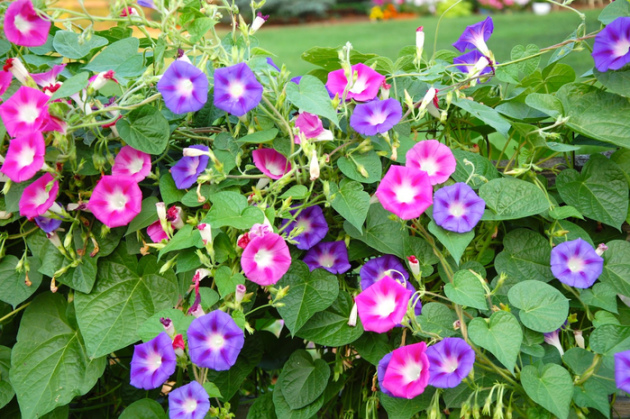
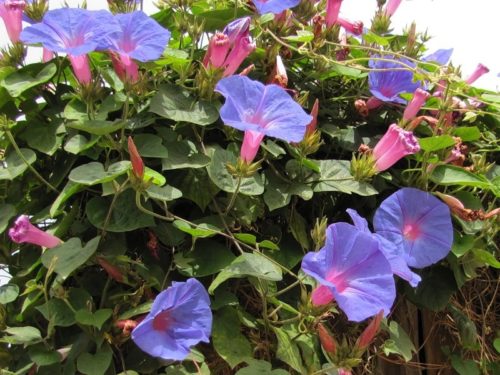
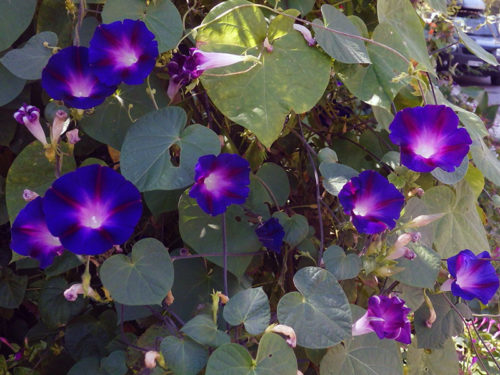
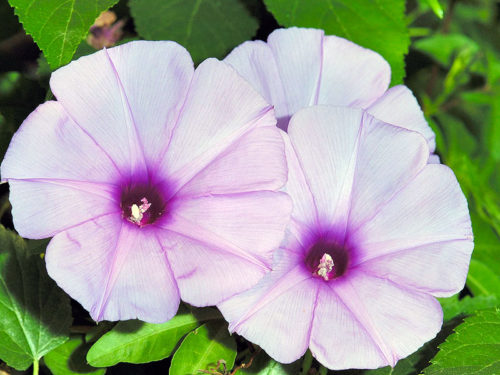
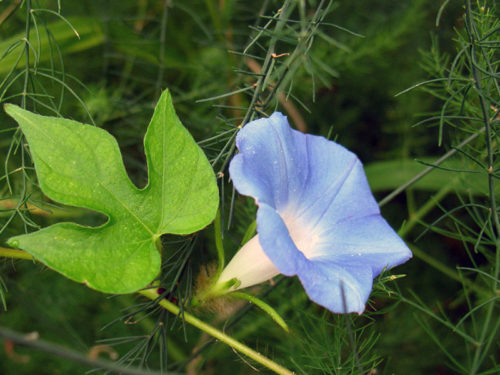
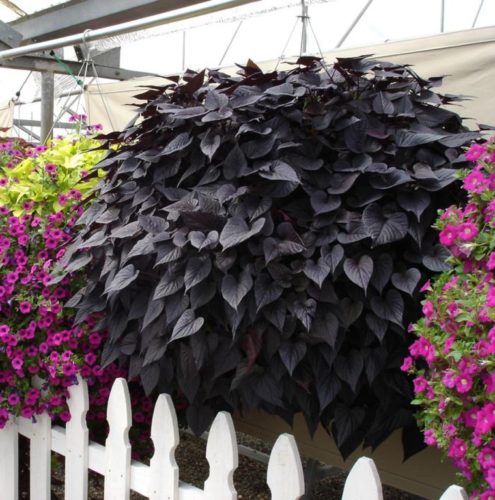
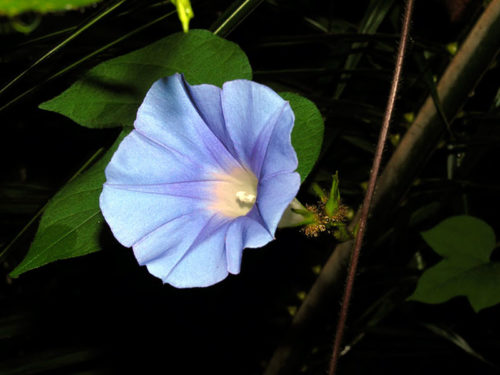
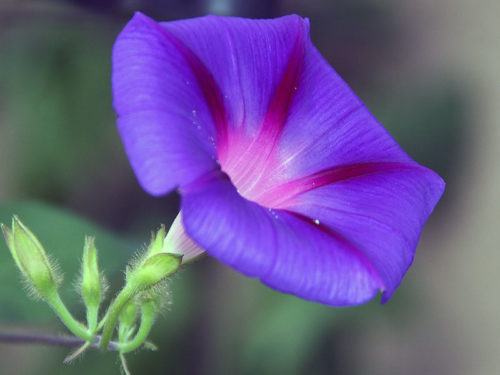
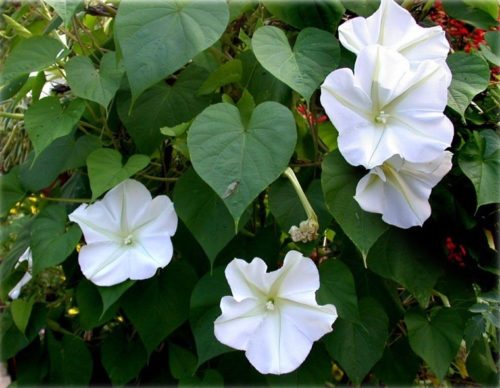

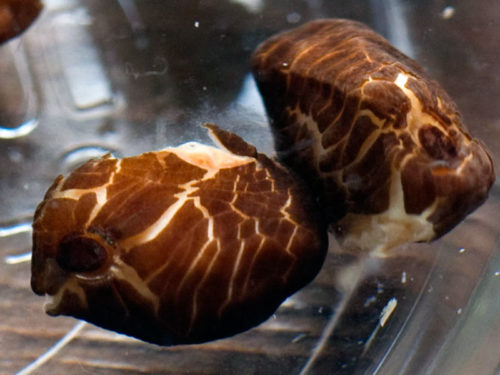
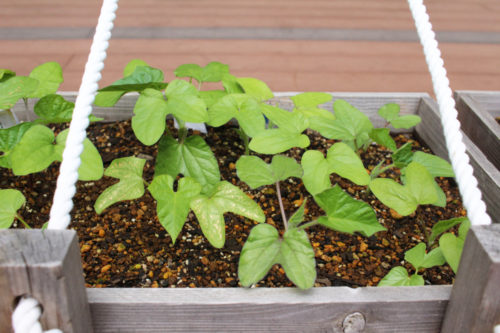
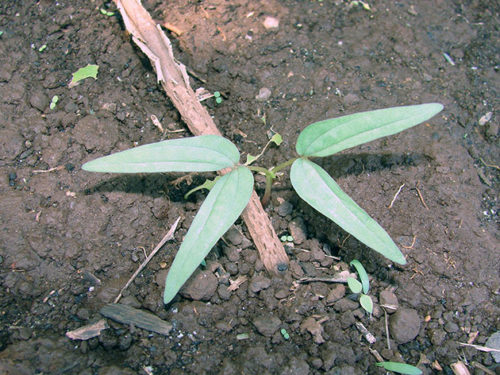
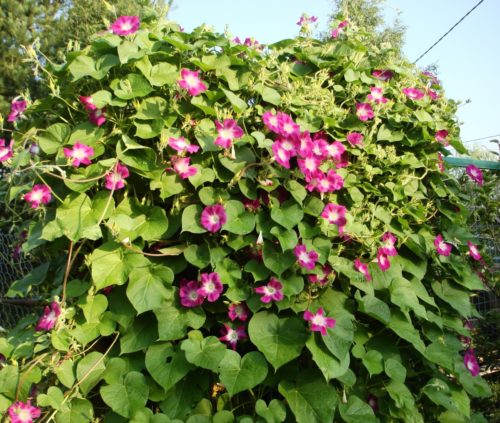
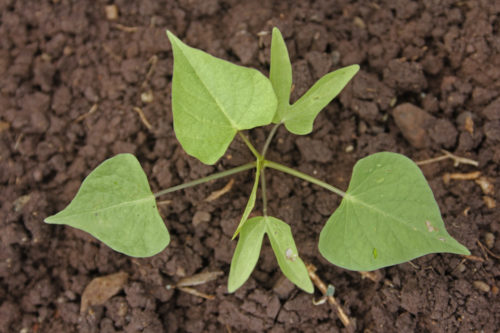
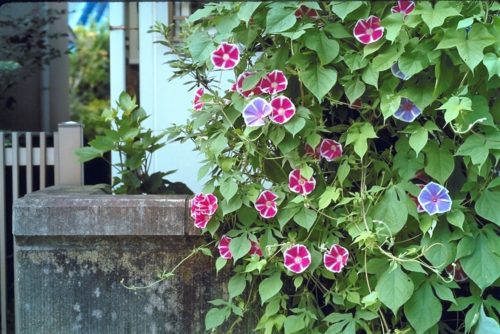

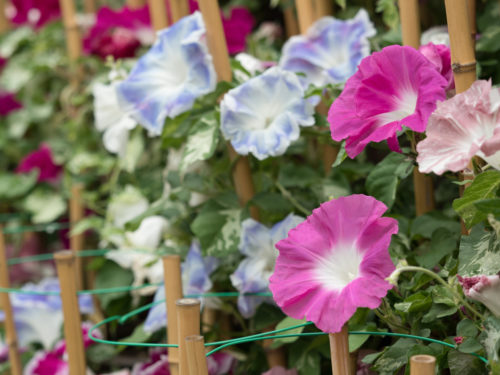

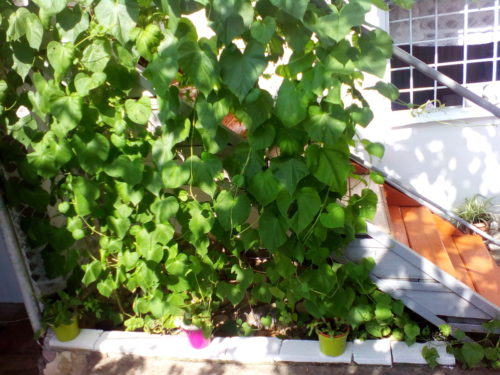
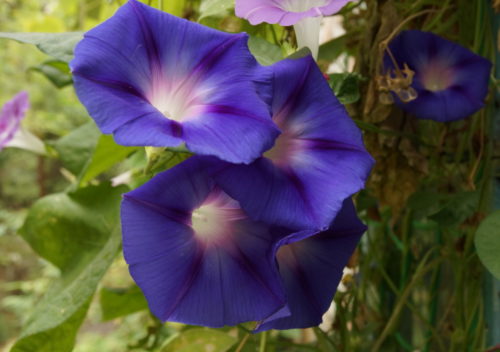
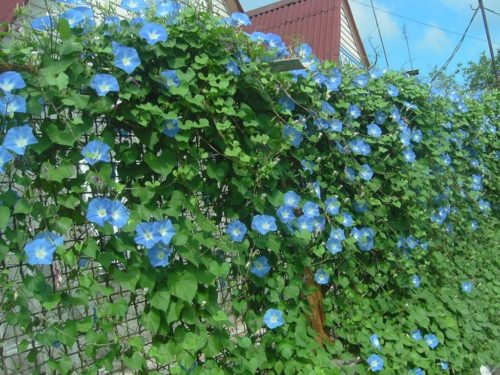
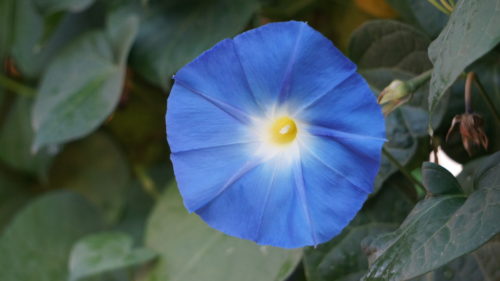
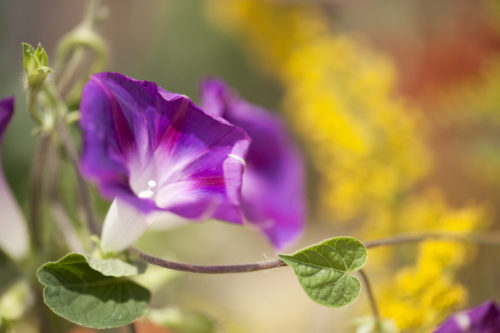
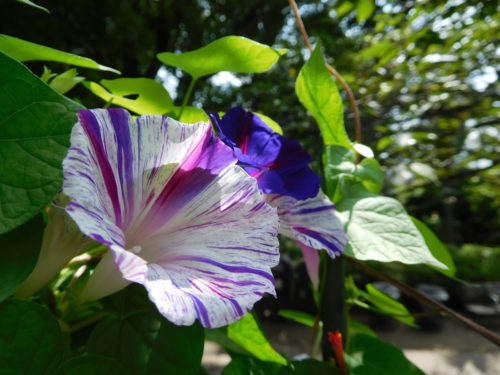

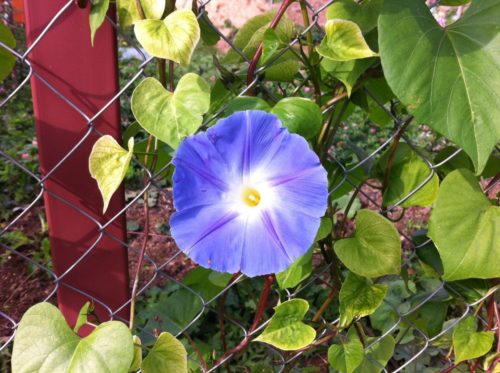












 Start a discussion ...
Start a discussion ...